
How to Use 5 wire Terminal Connector: Examples, Pinouts, and Specs
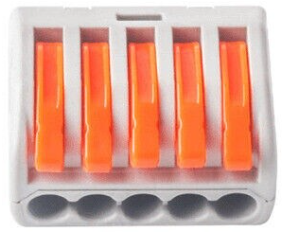
 Design with 5 wire Terminal Connector in Cirkit Designer
Design with 5 wire Terminal Connector in Cirkit DesignerIntroduction
A 5 wire terminal connector is a type of electrical connector that allows for the joining of five separate wires, providing a secure and organized way to connect multiple circuits or devices. These connectors are widely used in electrical and electronic systems to simplify wiring, ensure reliable connections, and facilitate maintenance or modifications.
Explore Projects Built with 5 wire Terminal Connector
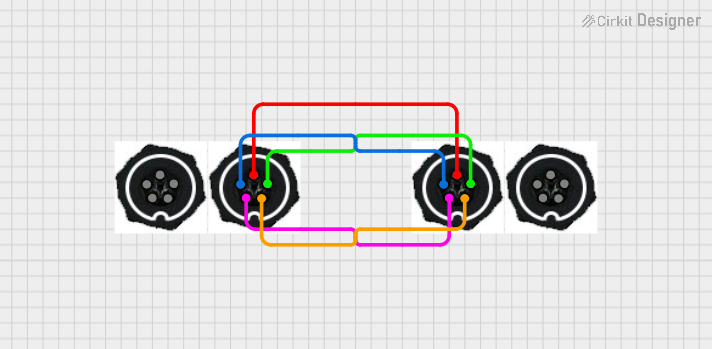
 Open Project in Cirkit Designer
Open Project in Cirkit Designer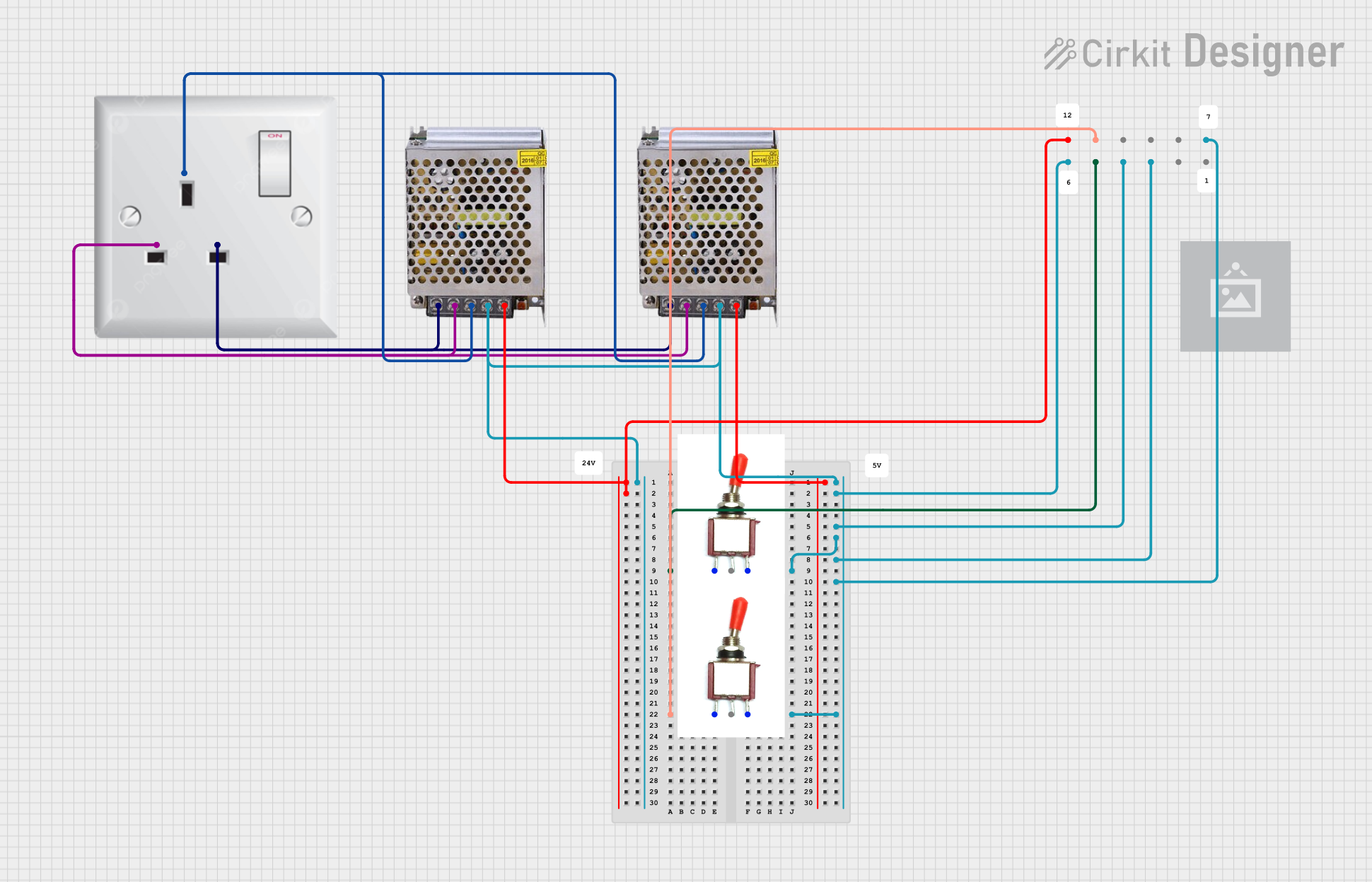
 Open Project in Cirkit Designer
Open Project in Cirkit Designer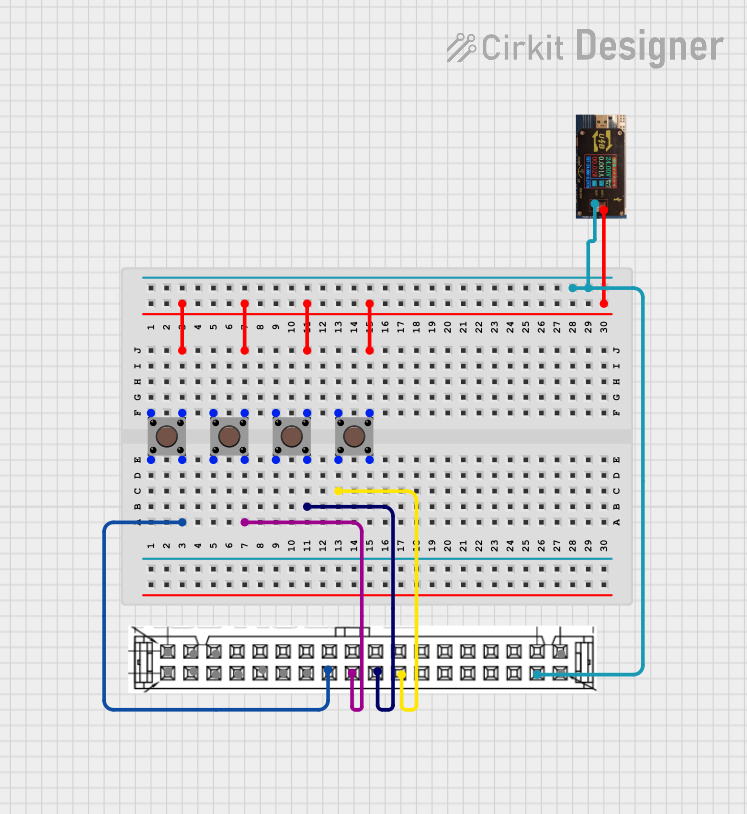
 Open Project in Cirkit Designer
Open Project in Cirkit Designer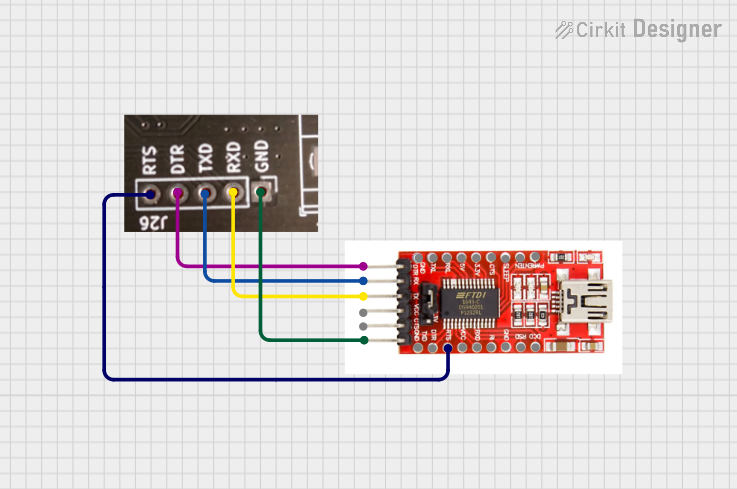
 Open Project in Cirkit Designer
Open Project in Cirkit DesignerExplore Projects Built with 5 wire Terminal Connector

 Open Project in Cirkit Designer
Open Project in Cirkit Designer
 Open Project in Cirkit Designer
Open Project in Cirkit Designer
 Open Project in Cirkit Designer
Open Project in Cirkit Designer
 Open Project in Cirkit Designer
Open Project in Cirkit DesignerCommon Applications and Use Cases
- Industrial Control Systems: Used to connect sensors, actuators, and controllers.
- Home Automation: Ideal for connecting multiple devices in smart home setups.
- Prototyping and Testing: Provides a quick and reusable way to connect circuits.
- Power Distribution: Used to distribute power to multiple devices or circuits.
- Audio and Signal Wiring: Ensures clean and organized connections for audio or data signals.
Technical Specifications
Key Technical Details
- Number of Terminals: 5
- Rated Voltage: Typically 300V (varies by model)
- Rated Current: 10A to 15A (depending on the specific connector)
- Wire Gauge Compatibility: 22 AWG to 12 AWG
- Material:
- Terminal Body: Flame-retardant plastic (e.g., polyamide or ABS)
- Contacts: Tin-plated or nickel-plated copper
- Mounting Type: Screw terminal or PCB mount
- Operating Temperature: -40°C to 105°C
Pin Configuration and Descriptions
The 5 wire terminal connector does not have traditional "pins" but instead features screw terminals or spring-loaded clamps for wire connections. Below is a description of the terminal layout:
| Terminal Number | Description | Typical Use Case |
|---|---|---|
| 1 | Input/Output Terminal 1 | Connects to the first wire or device |
| 2 | Input/Output Terminal 2 | Connects to the second wire or device |
| 3 | Input/Output Terminal 3 | Connects to the third wire or device |
| 4 | Input/Output Terminal 4 | Connects to the fourth wire or device |
| 5 | Input/Output Terminal 5 | Connects to the fifth wire or device |
Usage Instructions
How to Use the Component in a Circuit
Prepare the Wires:
- Strip approximately 5-7mm of insulation from the ends of the wires you wish to connect.
- Ensure the wire ends are clean and free of frayed strands.
Connect the Wires:
- Loosen the screws or clamps on the terminal connector using a screwdriver.
- Insert the stripped end of each wire into the corresponding terminal slot.
- Tighten the screws or clamps to secure the wires in place. Ensure the connection is firm but avoid overtightening, which could damage the wire or terminal.
Verify the Connections:
- Double-check that each wire is securely fastened and that no exposed wire strands are touching adjacent terminals.
Integrate into the Circuit:
- Mount the terminal connector in its designated location (e.g., on a PCB or DIN rail).
- Connect the terminal connector to the rest of the circuit as needed.
Important Considerations and Best Practices
- Wire Compatibility: Ensure the wire gauge matches the connector's specifications to avoid loose connections or damage.
- Avoid Overloading: Do not exceed the rated voltage or current of the connector.
- Insulation: Use heat shrink tubing or electrical tape to insulate exposed wire ends if necessary.
- Maintenance: Periodically check the connections for signs of corrosion or loosening, especially in high-vibration environments.
Example: Connecting to an Arduino UNO
While a 5 wire terminal connector is not directly connected to an Arduino UNO, it can be used to organize and distribute signals or power to multiple devices. Below is an example of how to use it in a circuit with an Arduino UNO:
// Example: Using a 5 wire terminal connector to distribute power and signals
// This example assumes the terminal connector is used to connect 5 LEDs to an Arduino UNO.
const int ledPins[5] = {2, 3, 4, 5, 6}; // Arduino pins connected to the LEDs
void setup() {
// Set all LED pins as output
for (int i = 0; i < 5; i++) {
pinMode(ledPins[i], OUTPUT);
}
}
void loop() {
// Blink each LED in sequence
for (int i = 0; i < 5; i++) {
digitalWrite(ledPins[i], HIGH); // Turn on the LED
delay(500); // Wait for 500ms
digitalWrite(ledPins[i], LOW); // Turn off the LED
delay(500); // Wait for 500ms
}
}
Troubleshooting and FAQs
Common Issues Users Might Face
Loose Connections:
- Problem: Wires are not securely fastened, leading to intermittent connections.
- Solution: Ensure screws or clamps are tightened properly. Use the correct wire gauge.
Overheating:
- Problem: The connector becomes hot during operation.
- Solution: Check that the current does not exceed the rated capacity. Use thicker wires if necessary.
Corrosion:
- Problem: Terminals show signs of rust or oxidation.
- Solution: Use connectors with corrosion-resistant materials. Apply dielectric grease to prevent oxidation.
Wire Slippage:
- Problem: Wires slip out of the terminals.
- Solution: Ensure the stripped wire length is correct and that the screws are tightened securely.
FAQs
Q: Can I use this connector for high-frequency signals?
- A: While it is possible, terminal connectors are not ideal for high-frequency signals due to potential signal degradation. Use specialized connectors for such applications.
Q: Can I connect fewer than 5 wires?
- A: Yes, unused terminals can remain empty without affecting the functionality of the connector.
Q: Is this connector suitable for outdoor use?
- A: Standard terminal connectors are not weatherproof. Use a weatherproof enclosure or a connector rated for outdoor use.
Q: Can I use stranded wires with this connector?
- A: Yes, stranded wires are compatible. However, it is recommended to use ferrules to prevent fraying and ensure a secure connection.